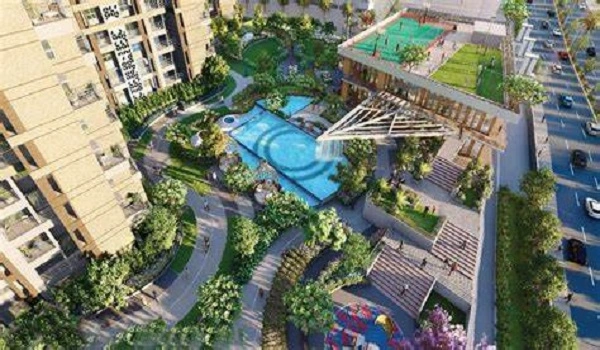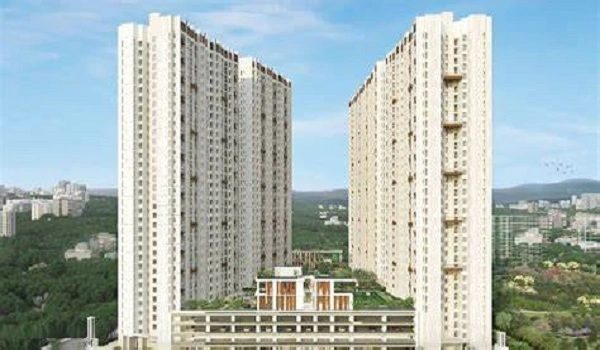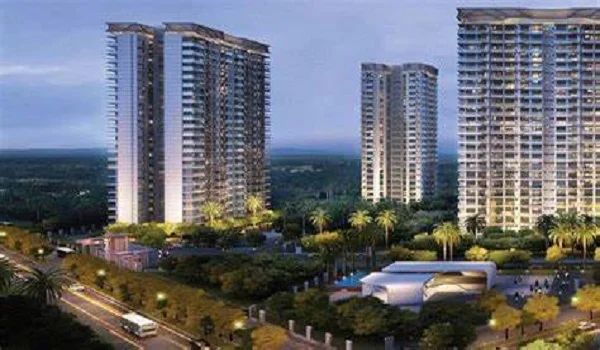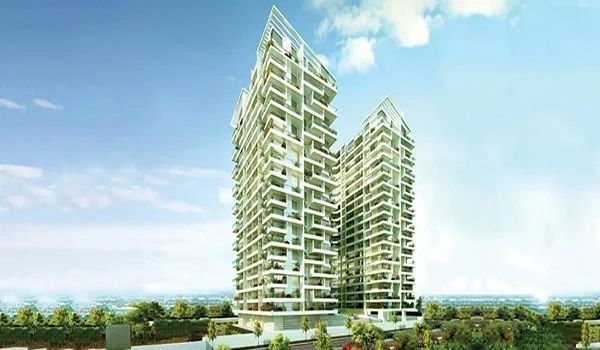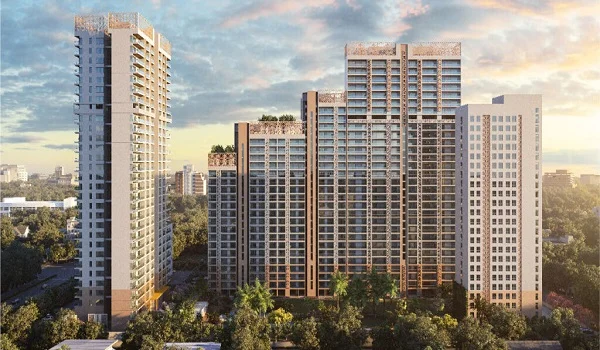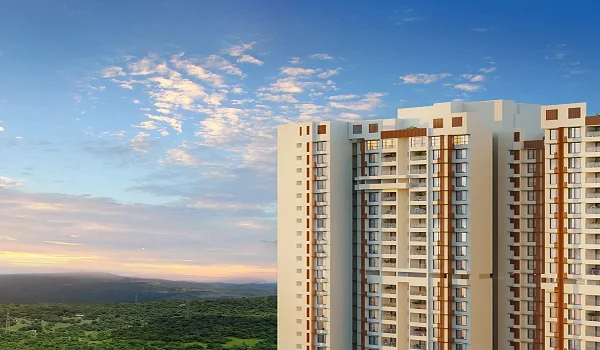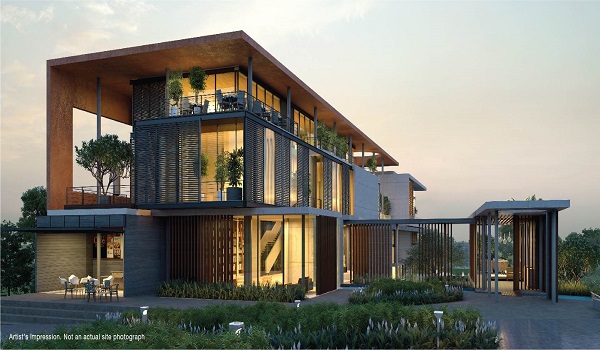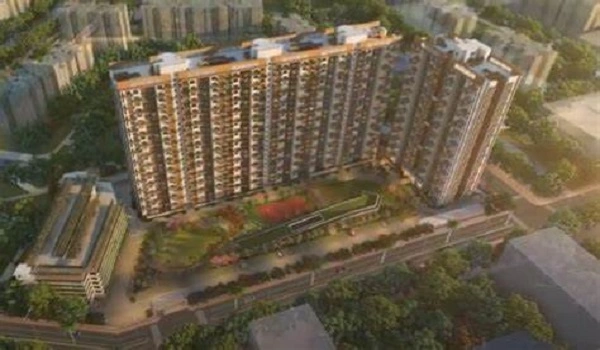Why Tier-1 Developers Now Favor Bangalore's Peripheral Zones Over Central Areas in 2025
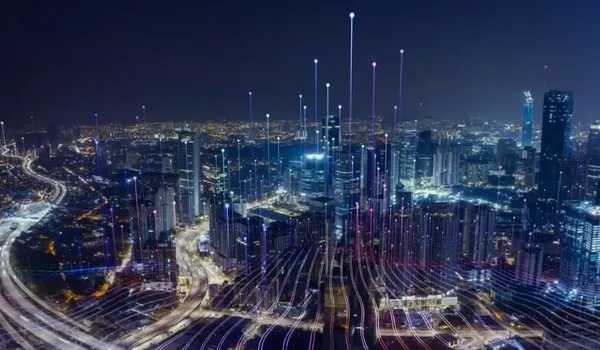
Tier-1 developers in Bangalore are shifting new launches from core neighborhoods to peripheral zones, where bigger land parcels, smoother approvals, and stronger infrastructure plans make large townships possible. Central areas like MG Road, Indiranagar, and Koramangala remain premium, but the scale and pricing today favor the city's edges. North Bangalore's Shettigere is a good example of this change, with projects such as Godrej MSR City showing how growth is moving outward without losing liveability.
Land and scale. Central Bangalore is built out. Plot assembly is slow and costly, which limits what a builder can deliver. On the edge of the city, large contiguous land allows full townships with better street layouts, wider internal roads, and more space for greens and amenities.
Infrastructure access. Peripheral corridors are no longer "too far." Airport links, upgraded highways, and metro expansions have tightened travel times. In the north, the airport Trumpet Road, NH 44, and SH 104 anchor daily connectivity around Shettigere and its neighbors.
Modern buyer preferences. Families want light, air, and community. That means walkways, kids' play, sports courts, work pods, and pet zones, which are easier to plan on a 20–60 acre site than on a tiny infill plot in the core.
Value and appreciation. Entry prices are friendlier in outer nodes, yet the upside is strong as transport and social infrastructure mature. For end-users, the same budget often buys a larger, better-planned home.
- Core areas: Prime pin codes, shorter hops to legacy business districts, limited inventory, higher ticket sizes, fewer township-scale options.
- Peripheral zones: Bigger homes, more greenery, facility-rich campuses, clearer phasing, and prices that make 2 and 3 BHKs accessible for growing families.
If your priority is day-to-day livability and community life, the periphery offers more choice. If your priority is a top central address, be ready for tighter layouts and premium pricing.
Shettigere sits next to the airport Trumpet Road in North Bangalore, close to NH 44 and SH 104. It benefits from quick airport access and improving civic planning across the belt. Two metro stations, Doddajala and Chikkajala on the Blue Line corridor, add comfort for daily commutes once services ramp up, while the area's road network supports logistics, offices, and residential growth.
This setting suits large, master-planned communities. Godrej MSR City, at Shettigere Road (Bengaluru 562157), is one of the biggest examples. The township spans about 62 acres with roughly 20 acres of open green space. Phase 1 covers 19 acres with 1,961 apartments across high-rise towers set in six buildings, each planned to 2B+G+15 floors. Across phases, the plan includes around 4,000 units in 2 and 3 BHK configurations, giving families a clear size and budget ladder.
The project pairs connectivity with scale. Layouts start with 2 BHK homes of about 1186 to 1292 sq ft and 3 BHK plans from about 1585 to 1876 sq ft. Indicative starting prices for new launch inventory begin near ₹1.18 crore for 2 BHKs, which is difficult to replicate in core-city pin codes with this level of campus planning. A township of this size supports wide internal roads, a network of gardens, and club facilities that can host festivals, classes, and sports, which mirrors what many buyers now expect from a long-term home.
Key dates also show a structured development path. Bookings opened in late March 2025, the official launch followed in early April 2025, and the build timeline targets five years from April 2025, with possession after March 2030. The project is RERA-approved in Karnataka, adding regulatory clarity for buyers.
Planning certainty. On a large parcel, a builder can phase construction and cash flows, align amenities to each phase, and add product types as demand shifts, all while staying inside one master plan.
Design quality. Bigger sites allow better wind and light corridors, safer pedestrian loops, and parking placed where it does not choke the ground plane. Vastu-friendly stacks and flexible plans are easier to repeat and fine-tune at scale.
Community fabric. Festivals, hobby clubs, co-working, and sports thrive when a few thousand families share thoughtfully planned spaces. That social layer is hard to build inside tiny central plots.
End-users. Expect longer amenity lists, wider balconies, more green pockets, and better privacy. Travel times to certain core offices may still be longer, but airport-facing roles, north-belt workplaces, and hybrid work schedules reduce that pain.
Investors. Early-phase pricing in a well-connected peripheral node can capture a meaningful part of the appreciation as transport and social infra fill in. Liquidity improves when a township builds a strong daily ecosystem of schools, retail, and services.
Maintenance and running costs. Newer campuses tend to adopt rainwater harvesting, grey-water reuse, solar in common areas, and efficient waste systems. That typically lowers monthly bills and keeps the campus cleaner.
- Verify access. Stand at the site and drive to the nearest highway, metro, school, and hospital at peak time.
- Study phasing. Understand what you get in Phase 1 versus future phases.
- Check unit mix. Make sure your tower and stack align with your light, view, and Vastu preferences.
- Look for greens and edges. See where children will actually play and where seniors will walk in shade.
- Read the fine print. RERA registration, timelines, payment plans, and association rules matter for peace of mind.
Bangalore's growth engine has moved to the edges because that is where scale, planning, and value come together. Central addresses will always be prized, but the next wave of liveable, well-priced, and future-ready homes is forming in peripheral nodes. North Bangalore's Shettigere shows how this works on the ground, and townships like Godrej MSR City capture the model: large, green, connected, and thoughtfully phased. For families and investors who want space to grow, the periphery is no longer a compromise. It is the plan.
